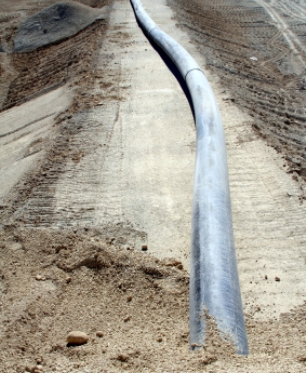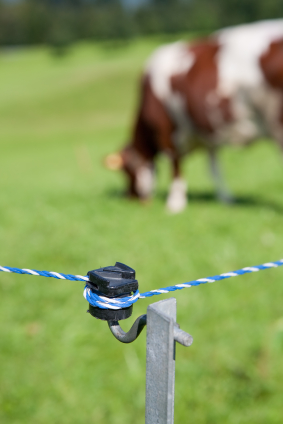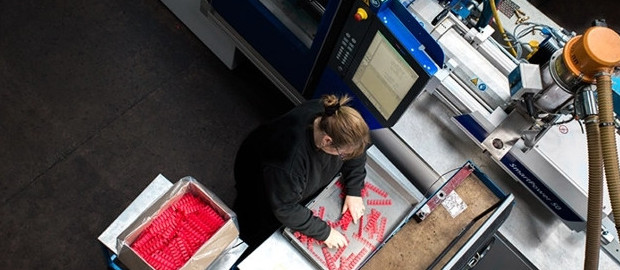FOCUS ON PLASTICS – AGRICULTURE
Plastics have been widely used in agriculture for many years. Some of the applications are obvious but others less so. In some cases the use of plastics enables farmers to increase crop yields and use fewer herbicides and pesticides as well as better protection of food products and more efficient water conservation.


AGRICULTURAL APPLICATIONS
Below is a list of plastic products used in agriculture and the polymers used. This list is by no means complete but gives a good overview of the diversity of polymer applications.
Plant Pots and Trays – For the propogation and growing of seeds and small plants. Also, for the easy and safe transportation of small plants up to larger plants and shrubs. Materials used are generally polyolefins and polystyrene due to their relative cheapness. These parts are injection moulded.
Boxes and Crates – These are used for the collection and transportation of crops. The polymer most frequently used is High Density Polyethylene due to its durability, strength, good UV stability and relative cheapness as these items suffer some abuse and need to be used several times. These parts are injection moulded.
Water Pipes and Fittings – Pipes used for drainage and irrigation and the fittings required to join them or take spurs off. Also, parts for sprinklers and sprays in irrigation systems. Materials used are Polyolefins and PVC due to good weatherability, resistance to chemicals, durability and they are light and non-corrodible. Pipes are extruded whereas the fittings are injection moulded.

Storage Tanks – For various liquids but predominantly water. Polyolefins and PVC are the polymers used for the same reasons as for water pipes and fittings. Glass reinforced polyester is often used to manufacture silos. Tend to be rotary moulded or constructed using a wrapping method of plastic extrusion.
Farm Equipment and Machinery – As in the automotive industry, polymers are widely used. The choice of polymer will depend upon the particular application and the properties required. Moulding methods also vary with injection moulding and vac forming being the most widely used.



Electric Fencing and Associated Products – Plastics are good insulators hence their use for electric fencing components including the posts (polyolefins) and the power cases (ABS). Durability is also an important consideration in the choice of plastics for these applications. The polymers can easily be coloured to whatever is required.
Farm Equipment and Machinery – As in the automotive industry, polymers are widely used. The choice of polymer will depend upon the particular application and the properties required. Moulding methods also vary with injection moulding and vac forming being the most widely used.
Containers – For chemicals, fertilisers, herbicides and insecticides. Polyolefins are used for their good chemical resistance, durability and, once again, relative cheapness. These are generally blow moulded.

Plastic Sheeting – Polythene sheeting is used as linings for reservoirs due to its cheapness and ease of use. Plastic sheeting is also used to wrap hay and straw. Another application is in the construction of polytunnels – a quick and cheap form of greenhouse. Biodegradable polymer is used to manufacture sheeting to cover fields after seeding/planting. This help to raise soil temperature, retain moisture, prevent weed growth and improves yield. The sheet disintegrates and biodegrades as the crops grow.
Glazing – Plastic panels are increasingly being used on greenhouses. Polycarbonate is the most widely used polymer due to its clarity, lightness and strength. The manufacturing method is extrusion.
The application examples provided in the above features will not be confined to products manufactured by Rutland Plastics.









